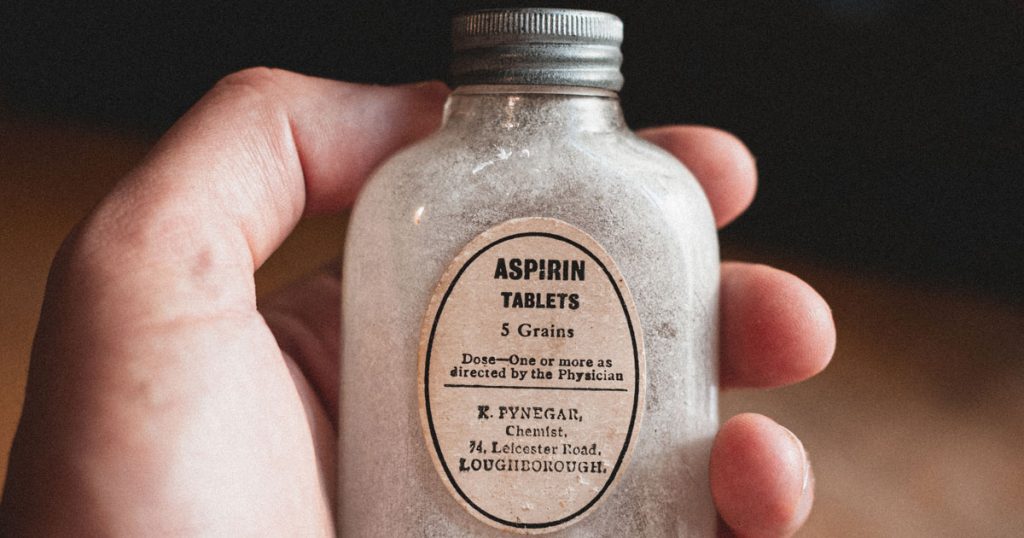
The clinical dose response for desired outcomes is often not well established at drug launch.
With time, lower doses of many drugs have been found sufficient, with important benefits of greater safety, tolerability and complaince, e.g. pain medicines, antihypertensives, antithrombotics, steroids, bronchodilators and antipsychotics.
Closer analysis shows that many drugs are launched near the top of their dose response curve, which is understandable in acute illness not responding to initial measures.
Adverse events (AEs) are the same irrespective of whether a drug is used for treating acute disease, controlling chronic disease, or longer term for prevention. However, harms persist and often increase as benefit accrues with longer term treatment and the aim should be to ascertain the lowest necessary dose.
Aspirin and correct dosing
Even ’low dose’ aspirin, 75-150 mg daily, used for its antiplatelet effect to prevent stroke and coronary events, is well above the median effective dose (ED50), the (estimated) mean population dose necessary to achieve half the maximum possible antiplatlet effect (Emax).
Dose response plateaus above ED50 but multiple drug toxicities continue to increase, some exponentially.
In other words, harms increase more than any further benefit.
Recommendations typically err on the side of higher doses
Without knowing how quickly drugs are eliminated in different patients, many recommendations err on the side of higher doses.
Patients and prescribers may hope or assume that an essential or useful drug is not causing AEs.
AEs are readily overlooked because the consequent symptoms may be multifactorial in cause e.g. fatigue, dizziness, insomnia, headache or constipation.
Drugs may exacerbate pre-existent symptoms, e.g. fatigue or altered mood with psychotropics, myalgia and liver/renal dysfunction with statins, and the drug contribution go unnoticed.
Many patients are on multiple medications, ’polypharmacy’, each with multiple AEs and smaller doses are necessary to minimise unfavourable interactions.
Unnecessarily high drug dose may reduce compliance, worsen comorbidities, especially in older patients, with potentially lethal consequences.
It may be prudent to begin below ED50 and if safe, to begin with minimum effective dose (MED), e.g. in an adult, 500 mg of paracetamol, or 25 mg of metoprolol, i.e. ’to start low and go slow’.
Dimmitt SB, Stampfer HG, University of Western Australia
Low drug doses may improve outcomes in chronic disease
Med J Aust 2009; 191:511-3
Med J Aust 2009; 191:511-3 DIMMITT – Google Scholar